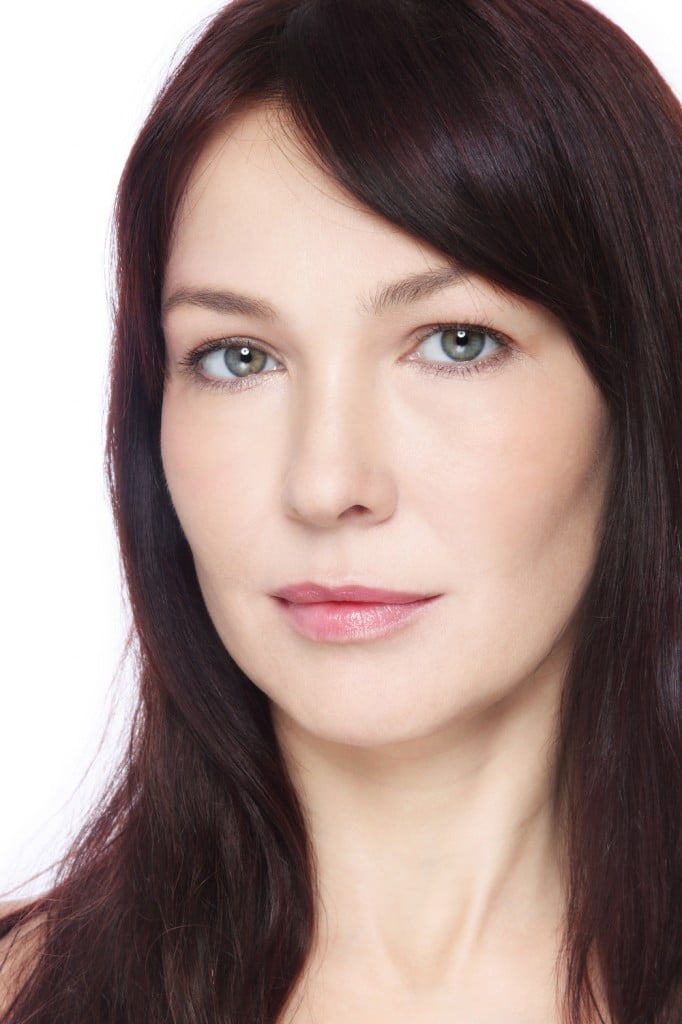“What’s the Deal with the Peel?” 4 Things You Should Know About Laser Skin Resurfacing
 Ready to diminish wrinkles, blotches, or scars caused by acne, aging, or too much fun in the sun? Laser skin resurfacing is a highly effective treatment for removing old skin layers and encouraging new skin cells to form, giving your skin a tighter, more youthful appearance. However, many patients do not fully understand what to expect, which can lead to initial disappointment or confusion following the procedure—especially given it can take up to six months for optimal results to become visible.
Ready to diminish wrinkles, blotches, or scars caused by acne, aging, or too much fun in the sun? Laser skin resurfacing is a highly effective treatment for removing old skin layers and encouraging new skin cells to form, giving your skin a tighter, more youthful appearance. However, many patients do not fully understand what to expect, which can lead to initial disappointment or confusion following the procedure—especially given it can take up to six months for optimal results to become visible.
Are you considering laser skin resurfacing? Understanding the ins and outs of this popular treatment can help you decide whether it’s the right option for you. Here are some things to keep in mind:
1. Peeling After Laser Treatment is Inevitable
Since laser skin resurfacing works by removing your old skin layers, it’s completely normal and expected for your skin to peel. Don’t despair! Peeling is a necessary part of the process and allows your new, radiant skin to come through.
2. Give Your Skin At Least a Week to Heal
Laser skin resurfacing is not like a quickie BOTOX® injection or therapeutic facial—don’t expect to receive a treatment in the morning and then spend the evening sipping wine with your girlfriends. It’s normal to experience swelling and redness for a week following your treatment.
We will apply an anesthetic to make treatment more comfortable and explain what you can do to reduce post-treatment sensitivity or swelling. After the first few days, makeup can generally hide residual redness, but keep in mind that your skin will need at least a week to heal.
3. Expect Swelling After Treatment
Following a laser skin procedure, we will bandage the treated areas. After 24 hours, you can start removing the bandages and begin cleaning the treated areas four to five times per day. We recommend using an ointment like petroleum jelly to prevent scabs from forming on the skin.
If you received laser skin resurfacing treatment near your eyes, Dr. Sobel may prescribe steroids to help manage any swelling in this area. Sleeping on an extra pillow at night or applying a cold compress can also help reduce any swelling.
4. Be Patient: Optimal Results May Take Several Months
While the precise timeline varies by patient, optimal results may not show for a few months. Patience is important! Once the redness and swelling diminishes and new, radiant skin is visible, our patients are typically very happy with the final results. Expect smoother skin, refreshed tone and texture, and a younger, rejuvenated appearance.
If you want to learn more about laser skin resurfacing or are curious if it’s a good match for you, contact us today to schedule a personalized consultation.